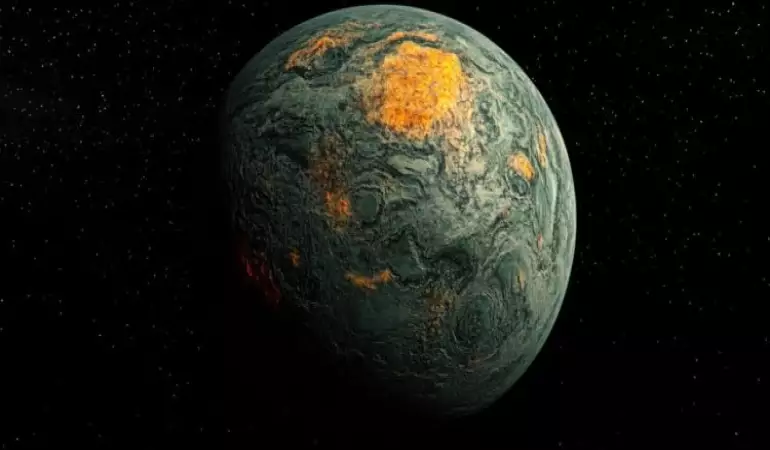The James Webb Telescope reveals a mysterious planet: what makes it special?
Scientists using the James Webb Space Telescope have provided groundbreaking insights into a new type of exoplanet. The mysterious planet revealed challenges existing classifications and provides new insights into how planets and planetary systems form.
January 19, 2025 06:56
Exoplanets are difficult to study
Astronomers have confirmed more than 5,500 exoplanets orbiting stars outside our Solar System.
Many exoplanets are very different from the planets we know, making it difficult to determine their true nature.
In addition, studies of these planets are complicated by thick, dense layers of clouds, which often obscure the lower parts of the atmosphere and make it difficult to observe exoplanets.
Scientists have long debated what these planets are like. It has been suggested that they could be either rocky, Earth-like planets with thick, hydrogen-rich atmospheres, or icy, Neptune-like worlds surrounded by watery atmospheres, often referred to as "water worlds".
But a new study has found that this may not be the case.
Neither Earth-like nor Neptune-like
An international team of scientists from the US and Japan used the James Webb Space Telescope to peer through the clouds at one of the exoplanets, known as GJ 1214b.
GJ 1214 b, located just 48 light-years from the Solar System in the direction of the constellation Ephiuchus, is the easiest exoplanet to study.
Instead of a hydrogen-rich super-Earth, or water world, the new data revealed carbon dioxide (CO2) concentrations equivalent to the amount of CO2 found in the dense atmosphere of Venus in the Solar System.
But there were still many uncertainties in the new data.
Analysis of GJ 1214 b
"The CO2 signal detected in the first study was small, so we needed careful statistical analysis to make sure it was real," said Kazumasa Ohno, one of the authors of the study.
The researchers used theoretical models to run a series of "what-if" scenarios about the planet's atmosphere.
Of all these models, the ones that best fit the data showed that GJ 1214b's atmosphere is likely to be carbon-dominated and similar to a "super-Venus".
Although fascinating, the atmospheric signature detected in this work is very small.
The team stresses the need for future studies to confirm and extend their findings on this common but mysterious type of exoplanet.




